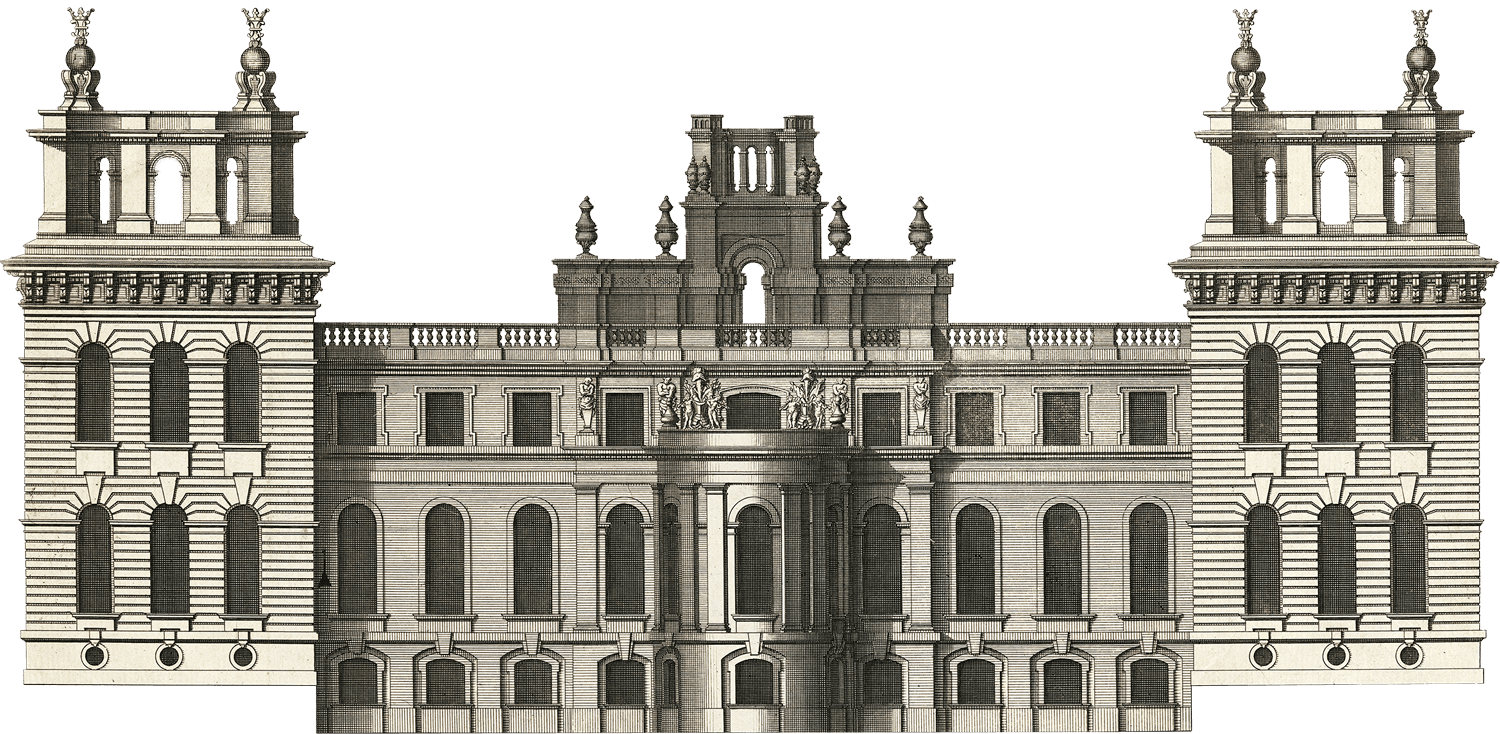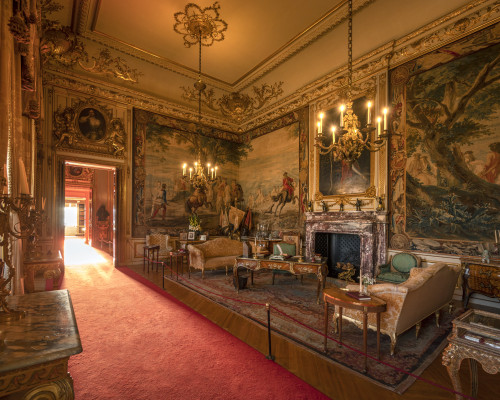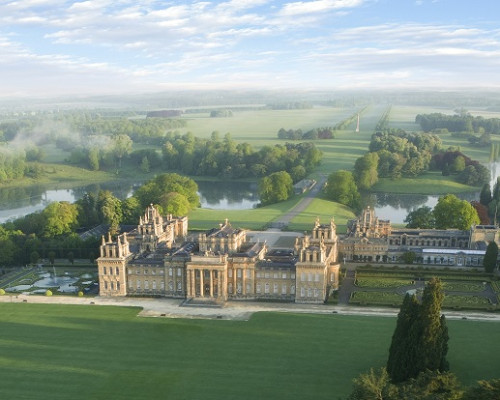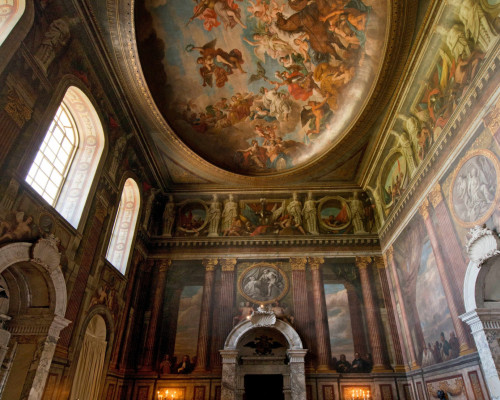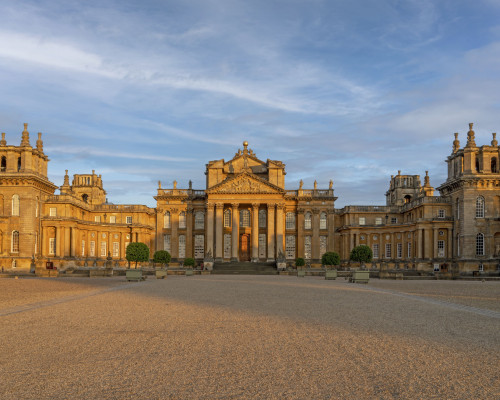 Back to homepage
Back to homepage
Using money raised by National Lottery players, The National Lottery Heritage Fund supports projects that connect people and communities with the UK’s heritage. Vanbrugh 300 is made possible with The National Lottery Heritage Fund. Thanks to National Lottery players, we have been able to develop a nationwide project that aims to broaden the awareness of Vanbrugh through special displays, free education programmes and lectures, throughout his tercentenary year in 2026.
